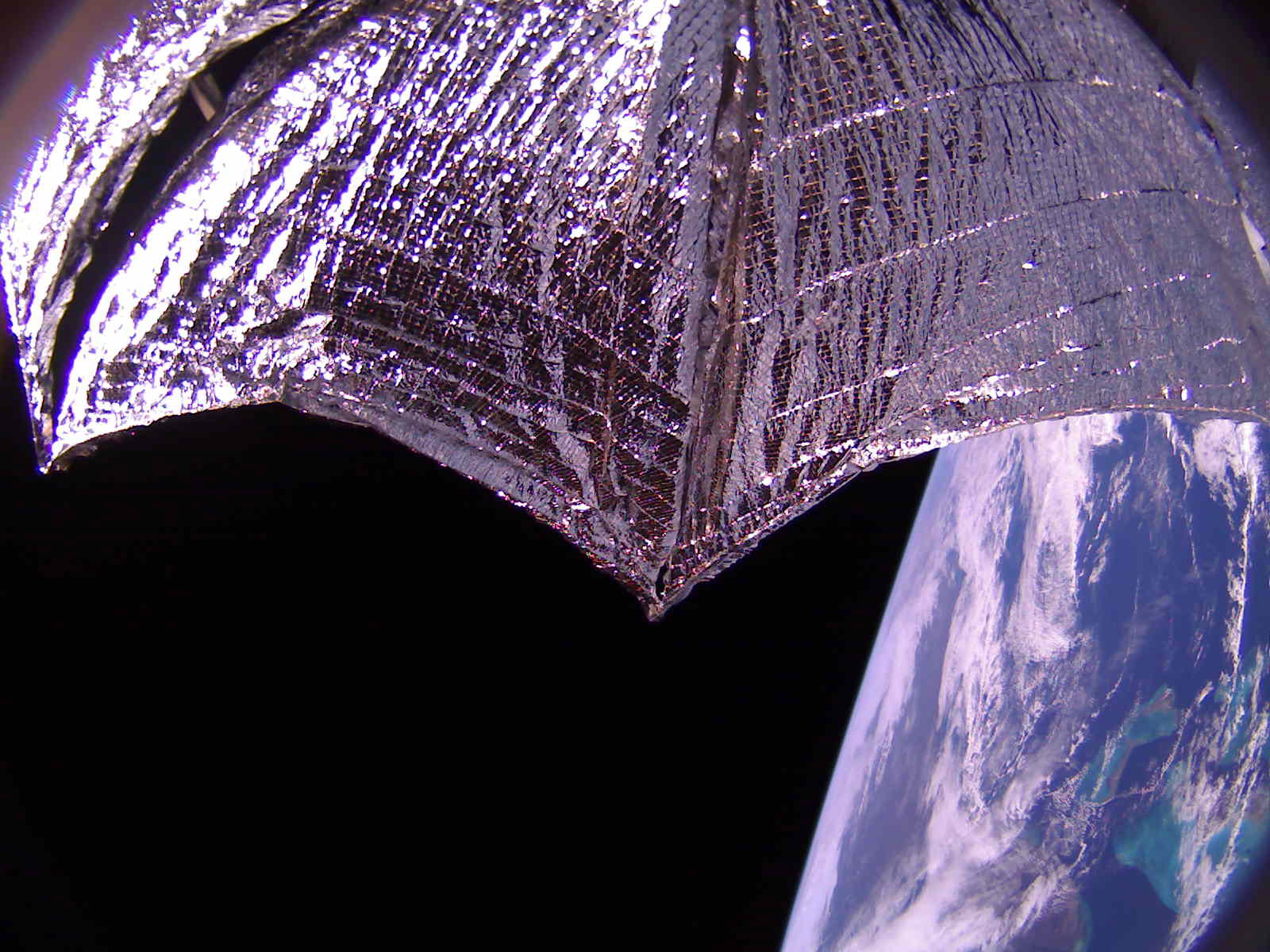Solar Sail Image Analysis and Modeling
Fall 2020NASA MSFC, Guidance & Navigation Design Team
Overview
During my internship at NASA MSFC in the fall of 2020, I assisted in validating solar sail torque models to support the development of NASA’s solar sails NEA Scout and Solar Cruiser.
When a solar sail deploys in space, it does not do so perfectly in a flat plane. This billowing effect creates off-nominal thrust vectors, which impart torque on the sail. My project investigated using images taken aboard the Planetary Society’s LightSail-2, a solar sail currently in low Earth orbit, to generate an accurate FEA model of the sail that captures this behavior. This model combined with flight data could be used to validate NASA’s torque models.

Contributions
Using MATLAB, I developed a system to create a mesh of the sail that accurately characterized its billowing distortion from photos taken by the camera mounted on the sail. I incorporated the Inverse Perspective Algorithm (IPA), which was developed to find the attitude difference between two vehicles for automated docking. By dividing the sail up into triangular elements, the IPA calculated the angle of these elements out-of-plane with respect to the flat plane of the ideal sail. These angles, in the form of a normal vector, would be found for each element, along with the relative locations of the nodes. An accurate mesh could then be formed with this information.
I finished my internship before I was able to complete the project. However, I meticulously documented my ideas and work, so the next intern could take up the project where I left off.
